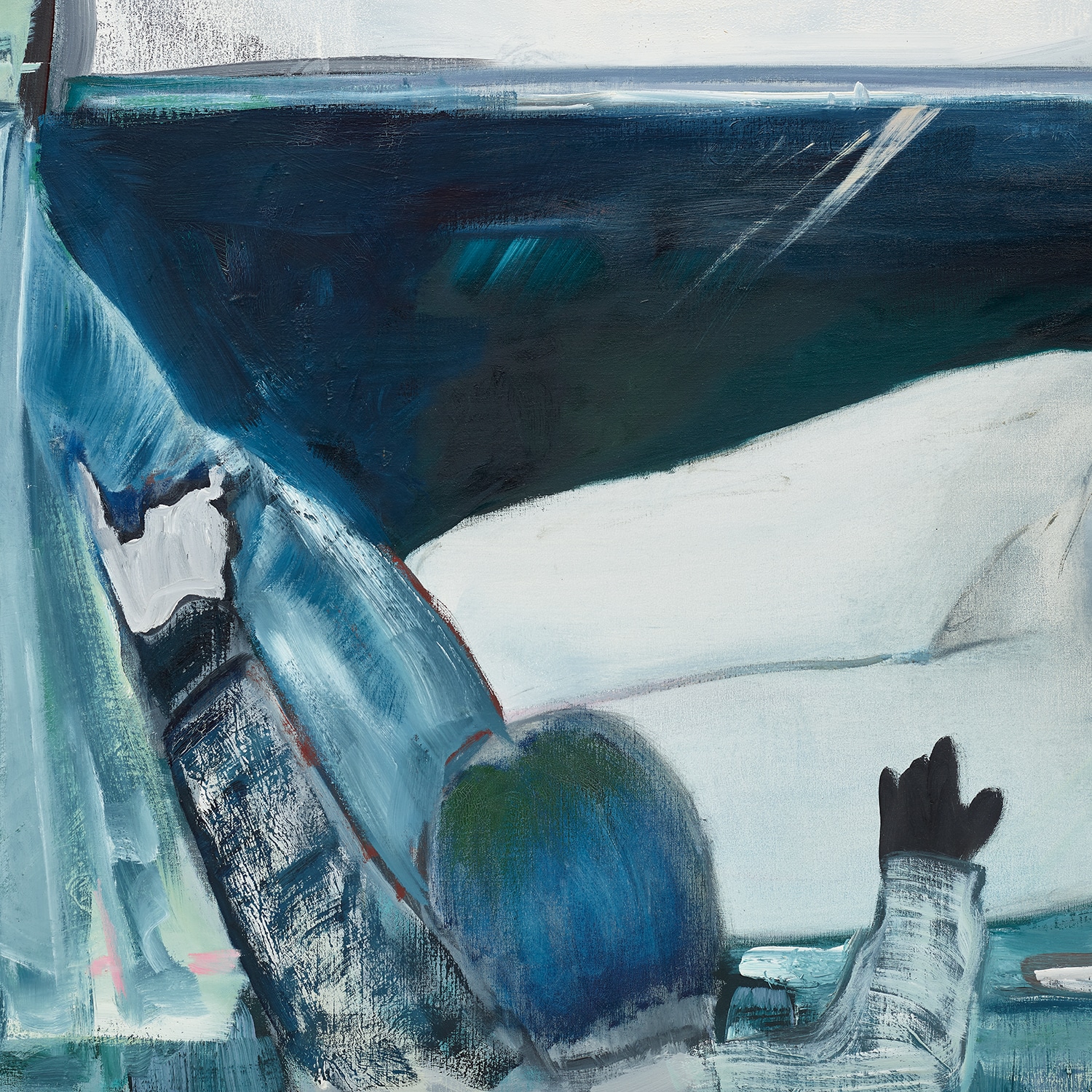







Property from an Important Private European Collection
18
Marlene Dumas
Snow White in the Wrong Story
signed and dated "M Dumas. '88" on the reverse; further signed, titled and dated "M. Dumas. Snow White in the Wrong Story. 1988." on the stretcher
oil on canvas
39 3/8 x 118 1/8 in. (100 x 300 cm)
Painted in 1988.